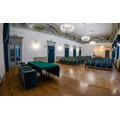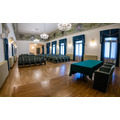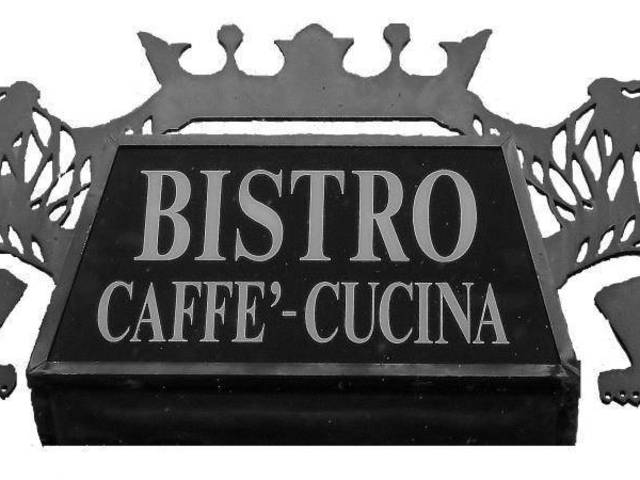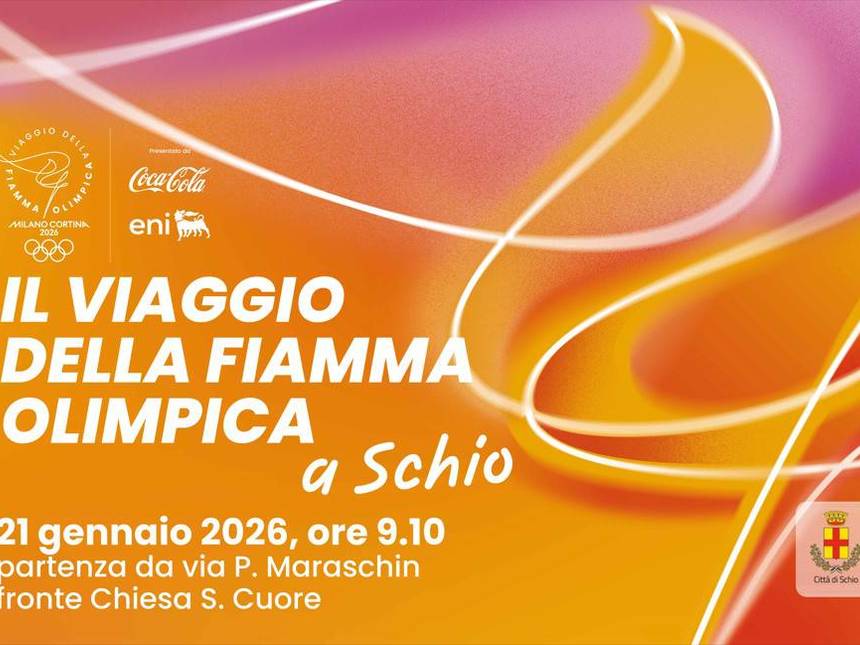Industrial Archeology and Alessandro Rossi
Teatro Civico
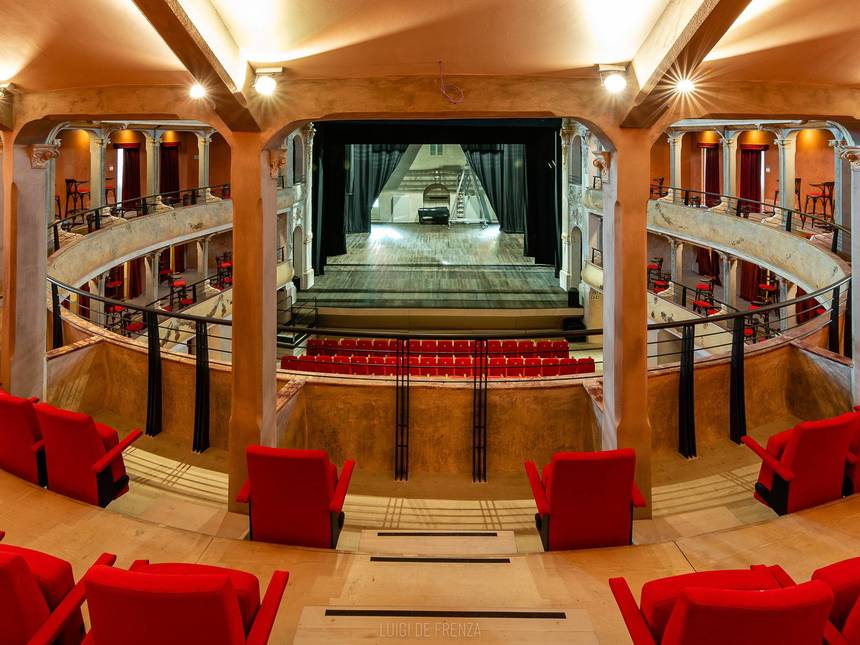
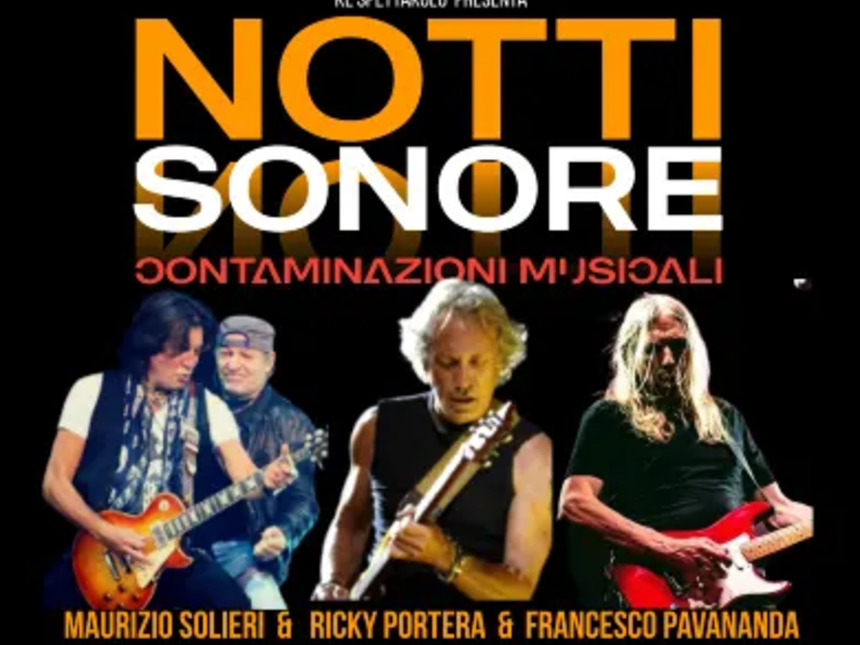
Musica
Notti sonore
Omaggio musicale
Start: 14 Jan 21:00
End at: 14 Jan 23:00
Description
The theatre is a sign of the vitality, not only industrial but also cultural, that the City of Schio had shown since the beginning of the 20th century and was built at the centre of the New Workers Quarter.
The theatre is not strictly associated with the workers and cultural institutions promoted by Alessandro Rossi, but it still is a sign of the vitality, not only industrial but also cultural, that the City of Schio had shown since the beginning of the 20th century and was built at the centre of the New Workers Quarter. In 1906, the “Cooperativa del Teatro Nuovo” (New Thetre Cooperative) was established in Schio with the aim of giving the city a new theatre that could respond to the growing cultural needs; it was directed by baron Alessandro Rossi, nephew of the industrialist. A call for bids was published and among all the submissions, a project by architect Ferruccio Chemello from Vicenza was chosen, while the construction was commissioned to master builder Antonio Carretta.
The building is conceived in an eclectic style with Italian theatre’s typical arrengements: in horseshoe shape with stalls, boxes and ample gallery. The designer used reinforced concrete, a material chosen for structural purposes and for its resistance to fire. On June the 9th, a solemn inauguration took place with the production of Arrigo Boito’s Mephistopheles, chosen to show the theatre’s scenographic potential. The building has three large arches on the main façade opening onto the lobby, and then, up the Chiampo marble stairs, it was possible to access a wide parterre occupied by the stalls. The parterre floor was dismountable and beneath it was a manège, tiers of boxes and a 700 seat gallery. The theatre was accurately finished and comfortable for the time, with 15 heated dressing rooms for artists and ballerinas and a crimson velvet curtain. On the second floor there is an elegant conference room named after Giovanni Calendoli. The historic building, after a shared restoration, opened to the public on March the 29th, 2014.
Gallery
Related
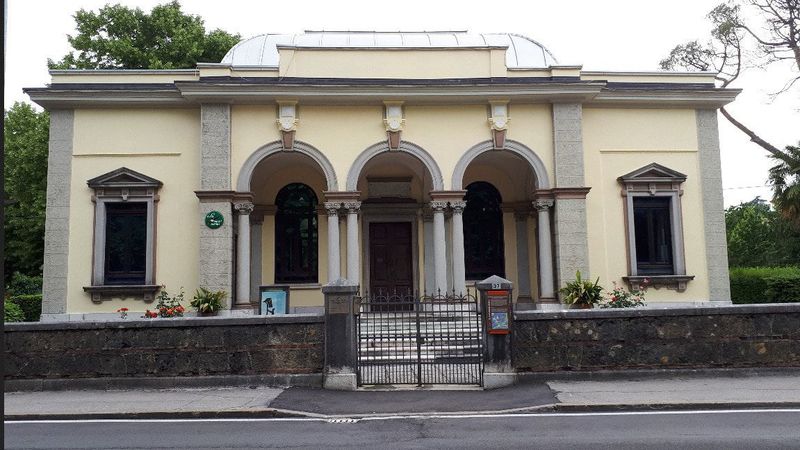
Ambulatorio medico-Chirurgico - now headquarter of Associazione Alpini
This medical clinic was established in 1898 and was dedicated...
Lanificio Conte
The Conte Wool Mill is one of the city’s oldest...



